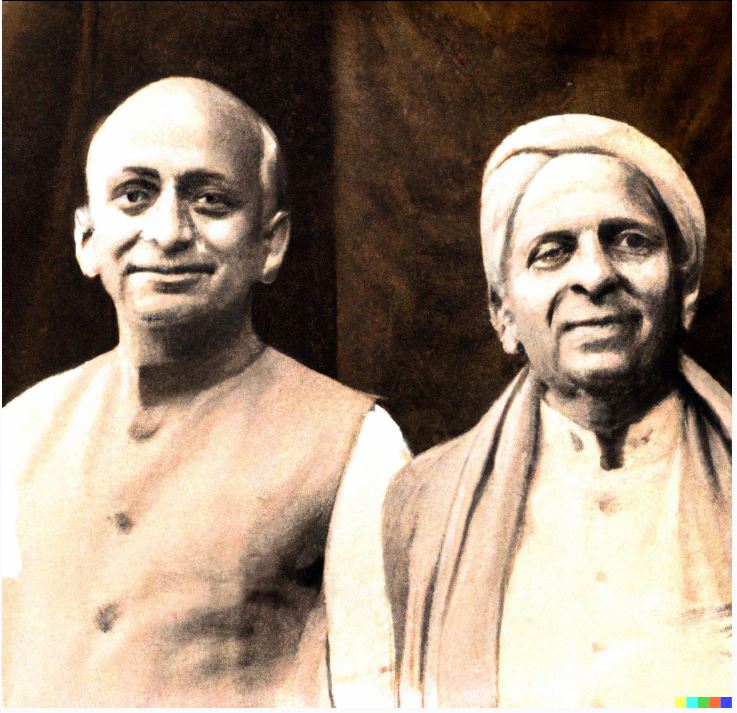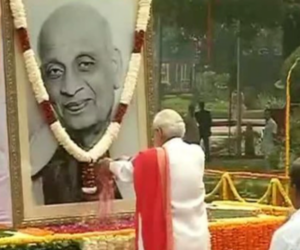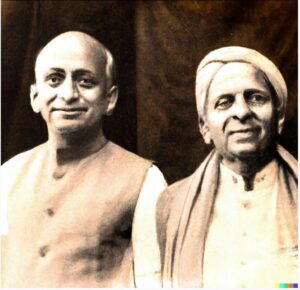
Introduction
The journey of a nation is often shaped by its leaders. As India emerged from the shadows of colonialism, the choice of its first Prime Minister was crucial. Delving into the historical nuances, we can discern why Nehru, not Patel, became that chosen leader.
1. Age & Health: The Long Run
A newly independent India required a leader with not just wisdom but also physical vitality to steer the nation through its initial challenges.
Nehru was in his late 50s at the time of independence. This age provided the perfect blend of experience and energy.
On the other hand, Patel, in his early 70s, was nearing the end of his life. The heart attack he suffered in 1948 and his eventual passing in 1950 highlighted the health challenges he faced.
2. Education: Global Perspectives
India’s leadership needed to engage confidently on the world stage, understanding international nuances while rooted in indigenous wisdom.
Nehru’s education at globally renowned institutions such as Harrow, Eton, and Cambridge enabled him to mingle Western democratic ideals with India’s rich heritage. His profound writings echoed this blend.
Patel, while possessing sharp acumen from his legal studies in England, didn’t have the holistic international education that Nehru did.
3. Popularity: A Nation’s Heartbeat
A leader’s charisma and connection with the masses are indispensable.
Nehru, with his magnetic oratory skills, had a unique ability to resonate with diverse groups, making him a popular figure across India.
Patel, revered as the ‘Iron Man of India’, had immense respect, especially for his role in the princely states’ integration. However, Nehru’s widespread appeal was slightly more pronounced.
4. Regional Origins: Unity in Diversity
The symbolic representation of leaders from varied regions emphasized India’s cherished diversity.
With Gandhi and Patel both originating from Gujarat, having Nehru, from the northern region of India, ensured a broader geographical representation in leadership.
5. Secularism: The Foundation of Modern India
India’s diverse religious tapestry necessitated a secular outlook.
Nehru’s steadfast commitment to secularism, where he envisioned a nation where all religions coexisted harmoniously, made him the ideal candidate to lead a diverse and multi-religious India.
While Patel too believed in secularism, Nehru’s approach was more vocal and ingrained in his policies.
6. Youth Appeal: Forward-looking Vision
The youth, representing the future of India, had a say in its present.
Nehru’s modern outlook, and emphasis on education, science, and technology, appealed to the young generation. His envisioning of institutions of excellence like the IITs is a testament to this appeal.
Patel, though immensely respected, didn’t have the same youth-centric approach that Nehru embodied.
7. Gandhi’s Preference: The Mentor’s Nod
Mahatma Gandhi’s influence was unparalleled.
Gandhi saw in Nehru the progressive, secular, and modern leader that India needed at its helm during the transitional phase. His preference was not just about capabilities but also about the alignment of visions for a new India.
Conclusion
While both Nehru and Patel were titans in their own right, a confluence of factors made Nehru the first choice for Prime Minister. Their collective contributions remain immeasurable, and as we reflect, it’s pivotal to recognize their unique strengths and shared vision for India’s grand journey.
References:
- Nehru’s Education and Worldview:
- Nehru, Jawaharlal. “An Autobiography.” Oxford University Press (1936).
- Brown, Judith M. “Nehru: A Political Life.” Yale University Press (2003).
- Patel’s Role in India’s Integration and his Health:
- Menon, V. P. “Integration of the Indian States.” Orient Longman (1956).
- Prasad, Rajendra. “India Divided.” Penguin Books India (1946).
- Nehru and Secularism:
- Gopal, Sarvepalli. “Jawaharlal Nehru: A Biography Volume 1.” Jonathan Cape (1973).
- Tharoor, Shashi. “Nehru: The Invention of India.” Arcade Publishing (2003).
- Nehru, Patel, and Gandhi’s relationship and decision-making:
- Guha, Ramachandra. “India after Gandhi: The History of the World’s Largest Democracy.” Pan Macmillan (2007).
- Nehru’s Appeal to Youth and Modern Vision:
- Anderson, Robert. “Nehru and Planning in India.” The Journal of Asian Studies (1966): 225-240.
- General Overview and Historical Context:
- Wolpert, Stanley. “A New History of India.” Oxford University Press (2003).
- Mukherjee, Aditya, and Mridula Mukherjee. “Creating a New Medina: State Power, Islam, and the Quest for Pakistan in Late Colonial North India.” Cambridge University Press (2015).




